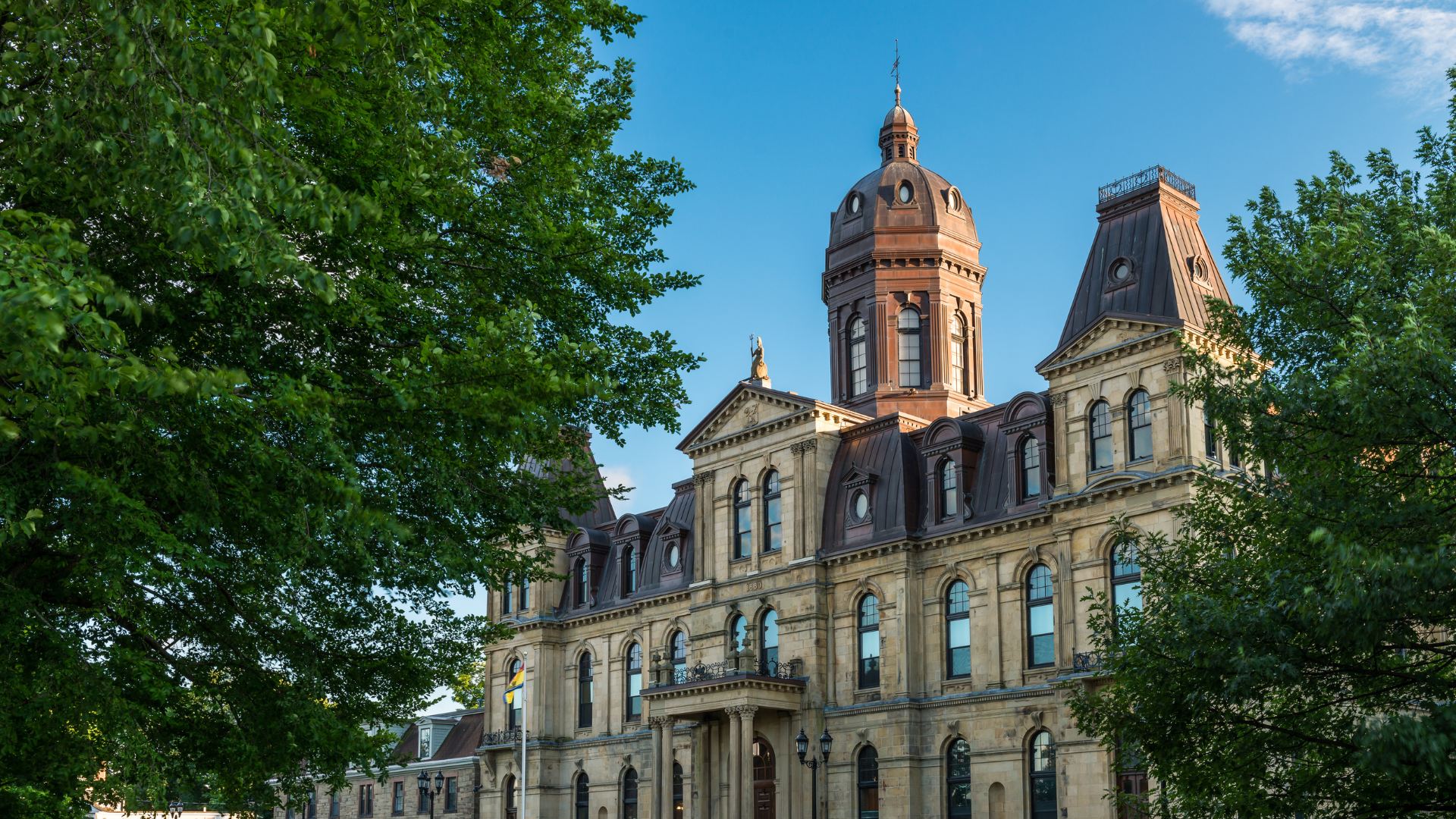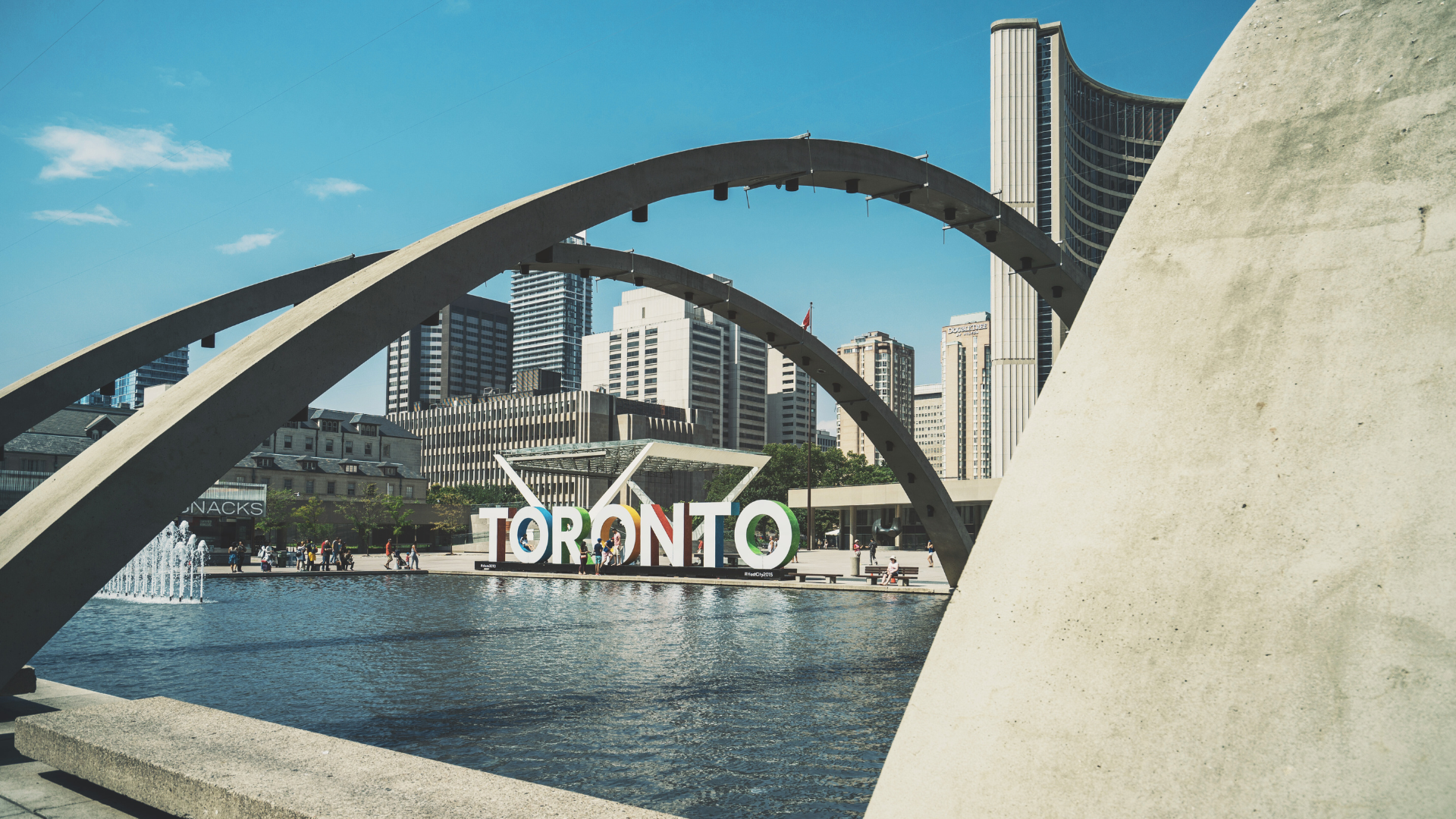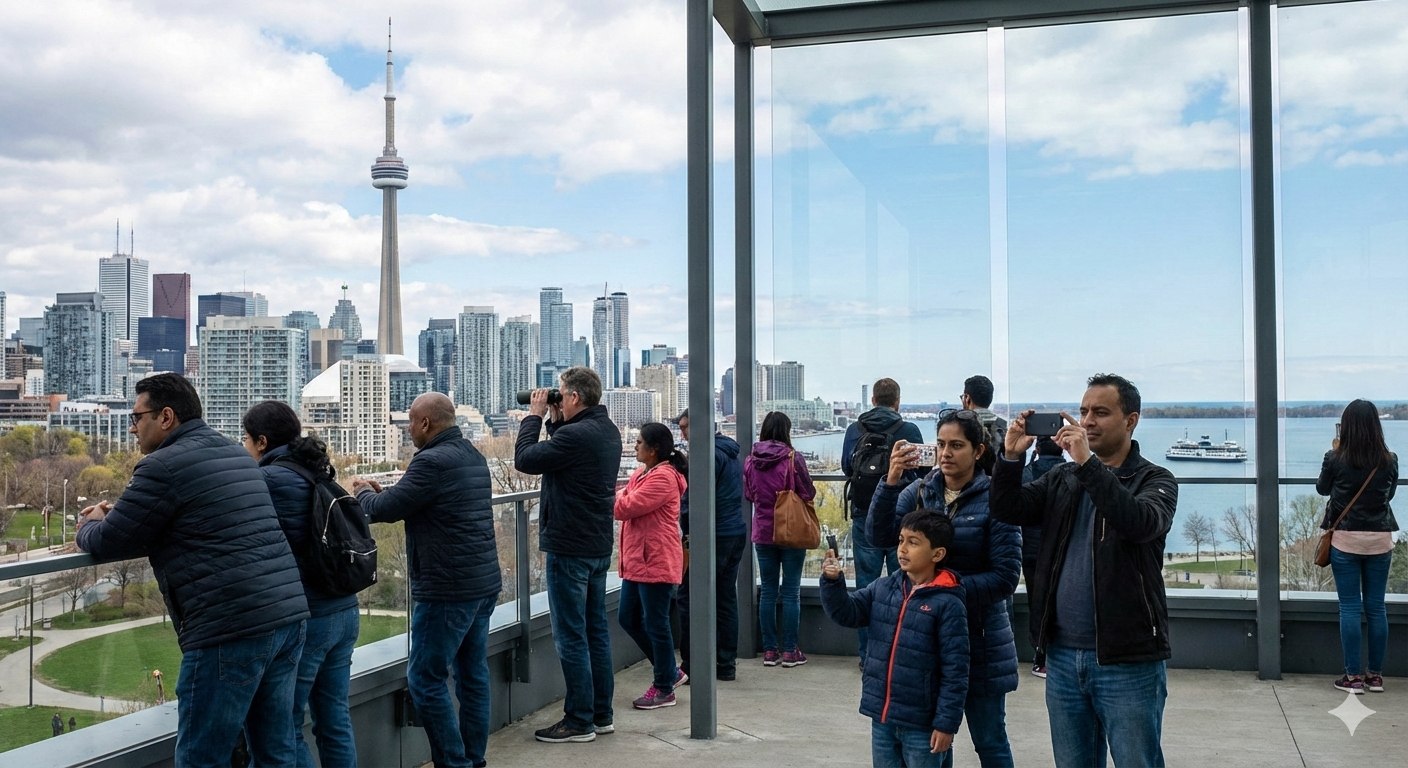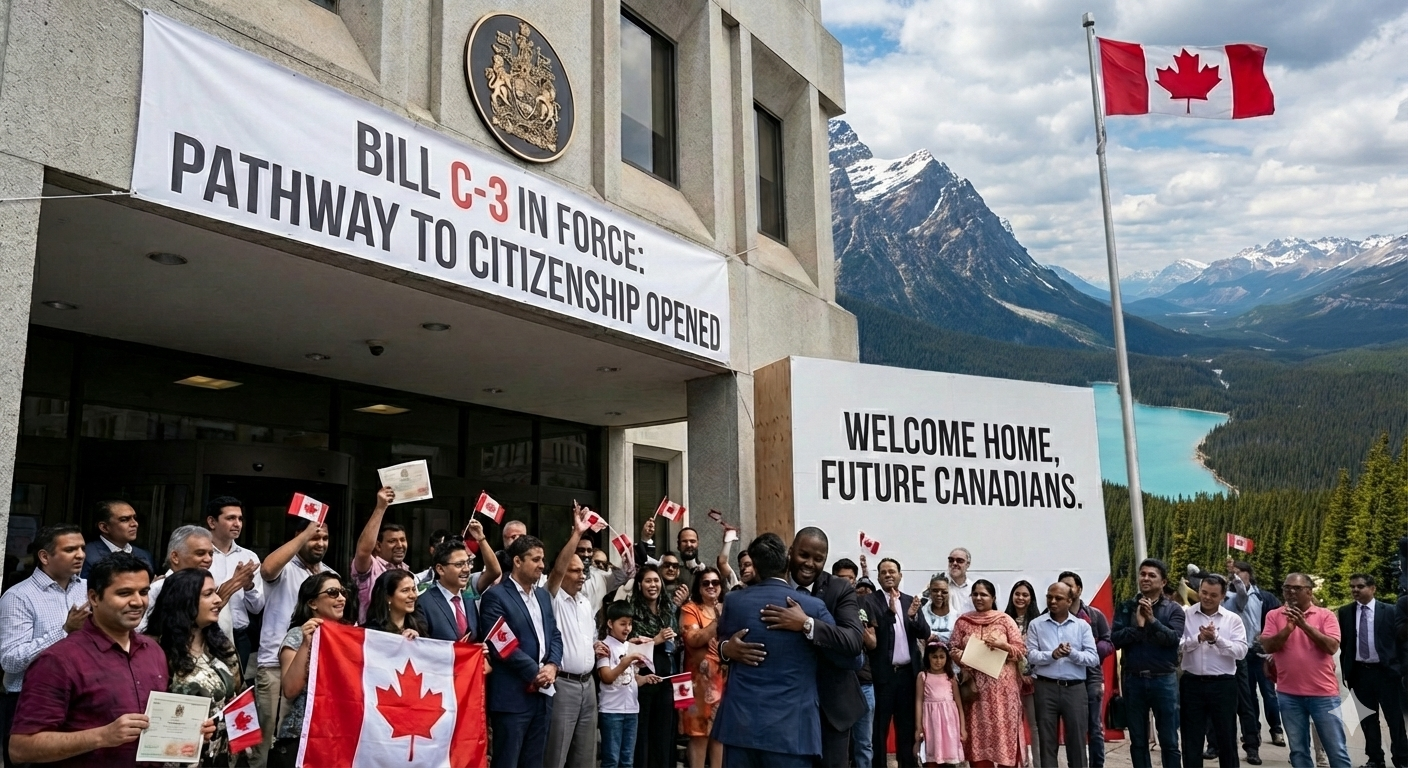Simplifying New Brunswick’s Latest Immigration Program Updates

After a period of adjustment, New Brunswick is reopening
its immigration streams. These changes come in response to the province’s
revised federal allocation limits, which have reduced the number of immigrant
nomination spaces available for 2025. With only 2,750 nomination spaces
allocated this year, the province is faced with the challenge of making tough
decisions about who can come to New Brunswick and how these immigrants can
contribute to the region’s economic and social growth. The following guide breaks
down the latest updates, eligibility requirements, and potential future
changes.
The 2025 Allocation Breakdown
New Brunswick’s 2,750 nomination spaces are split between two primary programs:
- New
Brunswick Provincial Nominee Program (NBPNP):
1,500 spaces.
- Atlantic
Immigration Program (AIP): 1,250 spaces.
This distribution reflects a significant reduction in the province’s capacity to bring in newcomers, forcing New Brunswick to rethink its immigration strategies and focus on sectors critical to its economic stability.
Why the Reduction?
Jean-Claude D’Amours, acting Minister of Post-Secondary Education, stated on
February 5 that these reduced allocations require New Brunswick to “make
difficult decisions.” According to D’Amours, the limited spaces may hinder the
province’s ability to fully support its businesses and economic growth. This
situation has led the province to set clear priorities, targeting certain
sectors for immigration while temporarily excluding others.
Sector Prioritization and Occupation
Restrictions
As part of the new strategy, New Brunswick has announced it will focus on
sectors such as health, education, and construction. These industries have been
identified as essential to the province’s economic recovery and future growth.
To make the most of its limited nomination spaces, the province has implemented
restrictions on certain occupations. For example, roles like administrative
assistants, food service supervisors, cooks, and bakers are currently excluded
from several immigration pathways.
Detailed Program Updates
Each of New Brunswick’s immigration streams has seen adjustments to reflect the
new allocation landscape. The following is an overview of what’s changed and
what’s open:
- New
Brunswick Express Entry Stream:
The Express Entry stream will reopen soon, accepting applications under two pathways: - Employment
in New Brunswick: For individuals with job offers in
the province.
- New
Brunswick Interests: Targeting applicants with specific
skills or connections to the province.
Certain occupations, however, are no longer eligible. These include accounting technicians, administrative assistants, restaurant managers, and more.
- New
Brunswick Skilled Worker Stream:
This stream has been restructured into three distinct pathways: - Work
Experience Pathway: For those who have recently worked
full-time in New Brunswick.
- Graduates
Pathway: For international students who completed
their studies in New Brunswick and have a local job offer.
- Priority
Occupations Pathway: Focused on candidates in
high-demand occupations identified by the province.
Each pathway has specific eligibility requirements, ranging from job offer criteria to recent work experience in New Brunswick.
- New
Brunswick Strategic Initiative Stream:
This stream has paused new applications for now. The province will provide updates later this year. - Business
Immigration and Private Career College Graduate Programs:
The Business Immigration stream remains open for entrepreneurs with established businesses. The Private Career College Graduate Program is also accepting applications but is set to close in autumn 2025. - Critical
Worker Pilot and Atlantic Immigration Program (AIP):
Both programs continue to accept applications, providing opportunities for skilled and semi-skilled workers to settle in New Brunswick.
What Does the Future Hold?
The province’s reduced allocation has raised questions about how New Brunswick
can maintain its economic growth while balancing limited nomination spaces.
While nothing is guaranteed, ongoing discussions with the federal government
may lead to adjustments. Recent developments in Newfoundland and Labrador
provide a hopeful precedent. That province was able to negotiate additional
allocations by agreeing to welcome more humanitarian immigrants. If New
Brunswick were to pursue a similar deal, it might restore some of its
nomination spaces and bring in a broader range of newcomers.
Conclusion: Adapting to a New Reality
New Brunswick’s immigration landscape is evolving in response to federal
limitations. While the province is reopening its streams, the reduced
nomination spaces mean that applicants must navigate new rules and
prioritizations. For potential newcomers, understanding these changes is
essential. With some pathways temporarily closed and others refocused on
critical sectors, the province is working to ensure its immigration programs
align with its economic goals.
As these programs roll out, keeping up with the latest updates and eligibility
criteria will be crucial for anyone hoping to make New Brunswick their new
home.






